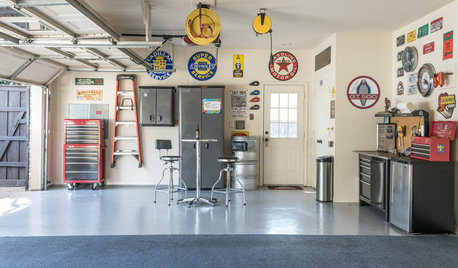Safe termite control for organic garden
sctn
10 years ago
Featured Answer
Comments (24)
nelsoncastro
10 years agodigdirt2
10 years agoRelated Professionals
Otsego Landscape Architects & Landscape Designers · Brooklyn Center Landscape Architects & Landscape Designers · Avocado Heights Landscape Contractors · Emmaus Landscape Contractors · Flagstaff Landscape Contractors · Galveston Landscape Contractors · Lakeville Landscape Contractors · Mesa Landscape Contractors · Oviedo Landscape Contractors · Pleasant Prairie Landscape Contractors · Pompano Beach Landscape Contractors · Stony Brook Landscape Contractors · Wallingford Landscape Contractors · New Carrollton Landscape Contractors · Cleveland Driveway Installation & Maintenancesctn
10 years agojapus
10 years agodigdirt2
10 years agojohnnywill
10 years agoseysonn
10 years agojapus
10 years agoseysonn
10 years agoterrene
10 years agoseysonn
10 years agojapus
10 years agogreekcanadian
9 years agotcgardener Zone 10a SE Florida
9 years agomatmcintyre
8 years agojapus
8 years agolast modified: 8 years agomatmcintyre
8 years agoRocio Martinez
8 years agoMarvin Watson
6 years agoBrandon Hestwood
6 years agoLabradors
6 years agoAceof Stace
3 years agoAceof Stace
3 years ago
Related Stories

GARDENING GUIDESGarden Myths to Debunk as You Dig This Fall and Rest Over Winter
Termites hate wood mulch, don’t amend soil for trees, avoid gravel in planters — and more nuggets of garden wisdom
Full Story
GARDENING GUIDESOrganic Matters: Thwart Insect Pests With Trap Crops
Add a few sacrificial plants to your garden to lure insects away from the harvest
Full Story
GARDENING GUIDESHow to Switch to an Organic Landscape Plan
Ditch the chemicals for a naturally beautiful lawn and garden, using living fertilizers and other nontoxic treatments
Full Story
HOUSEKEEPING7-Day Plan: Get a Spotless, Beautifully Organized Garage
Stop fearing that dirty dumping ground and start using it as the streamlined garage you’ve been wanting
Full Story
ORGANIZING7-Day Plan: Get a Spotless, Beautifully Organized Kitchen
Our weeklong plan will help you get your kitchen spick-and-span from top to bottom
Full Story
ORGANIZING21 Tips for Organizing Your Stuff
Restore order at home with these ideas for tidying up cupboards, shelves, doors and more
Full Story
ORGANIZING7-Day Plan: Get a Spotless, Beautifully Organized Home Office
Start your workday with a smile in a home office that’s neat, clean and special to you
Full Story
MONTHLY HOME CHECKLISTSYour Spring Organizing Checklist
Use these ideas for clearing out the clutter and keeping rooms neat and tidy
Full Story
DECORATING GUIDESGet Organized: 5 Ways to Keep Toys Tidy
A few storage and sorting strategies help the kids keep their spaces cleaner
Full Story
MOST POPULARHow to Start a Cool-Season Vegetable Garden
Late summer and late winter are good times to plan and plant cool-season crops like salad greens, spinach, beets, carrots and peas
Full StoryMore Discussions







planatus